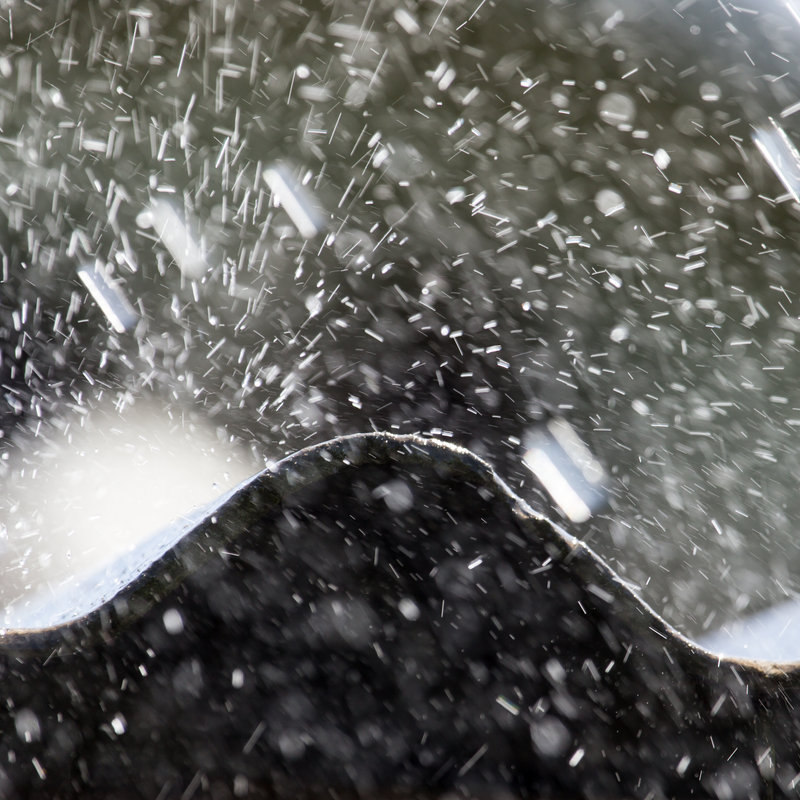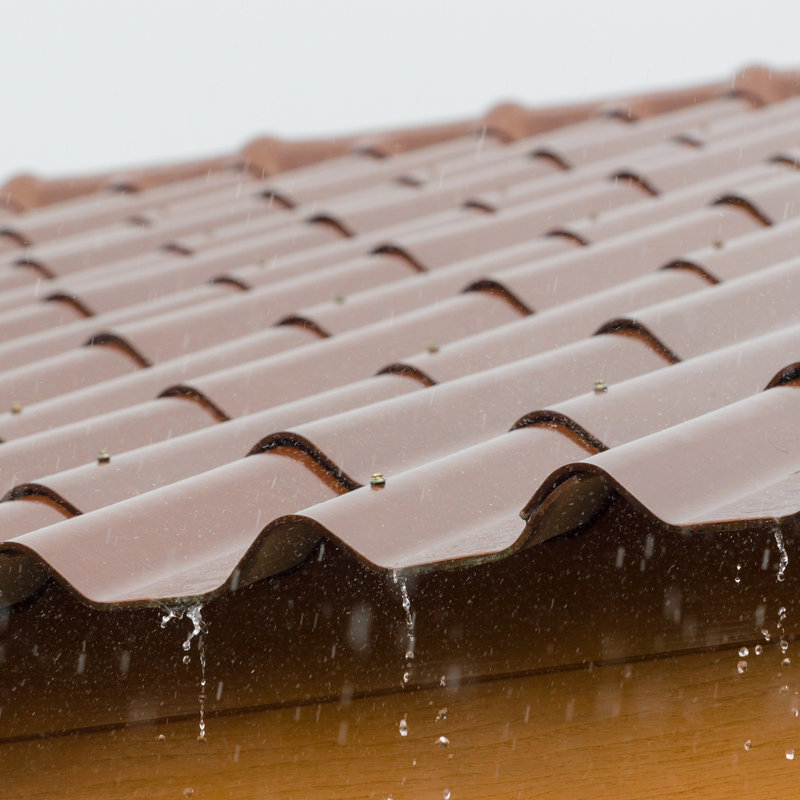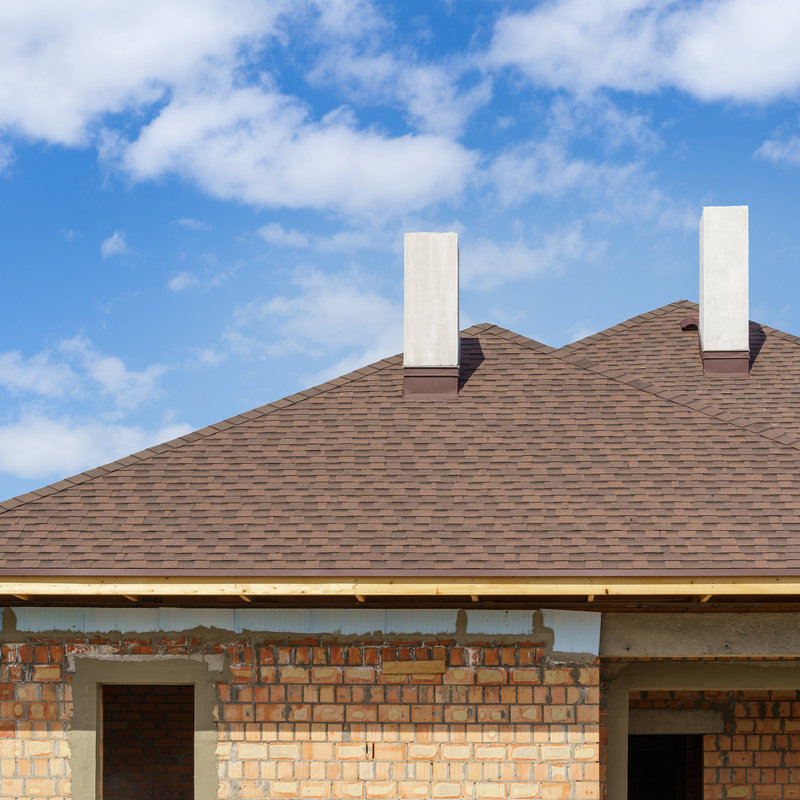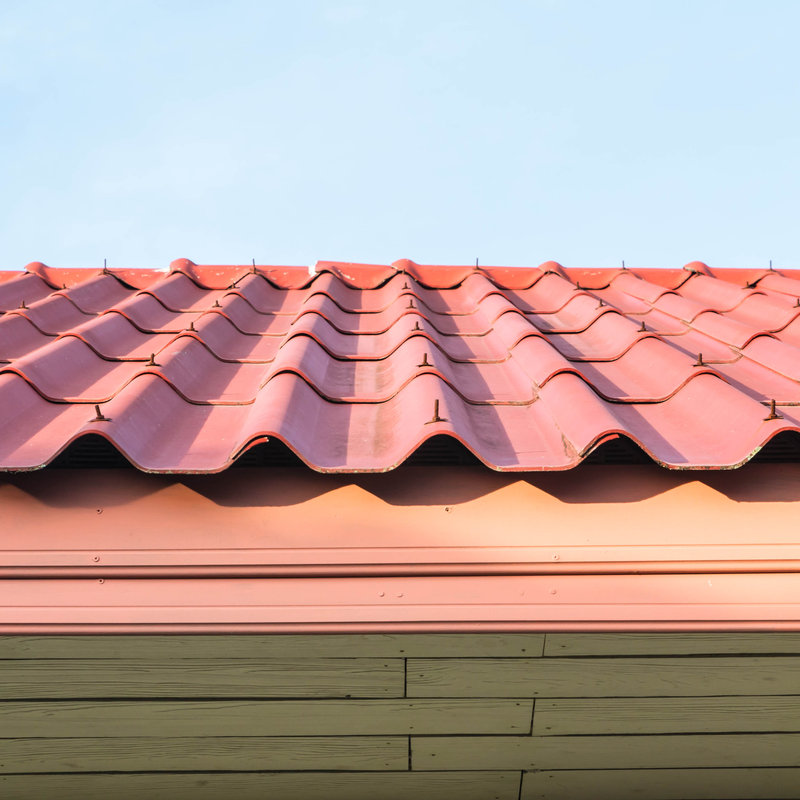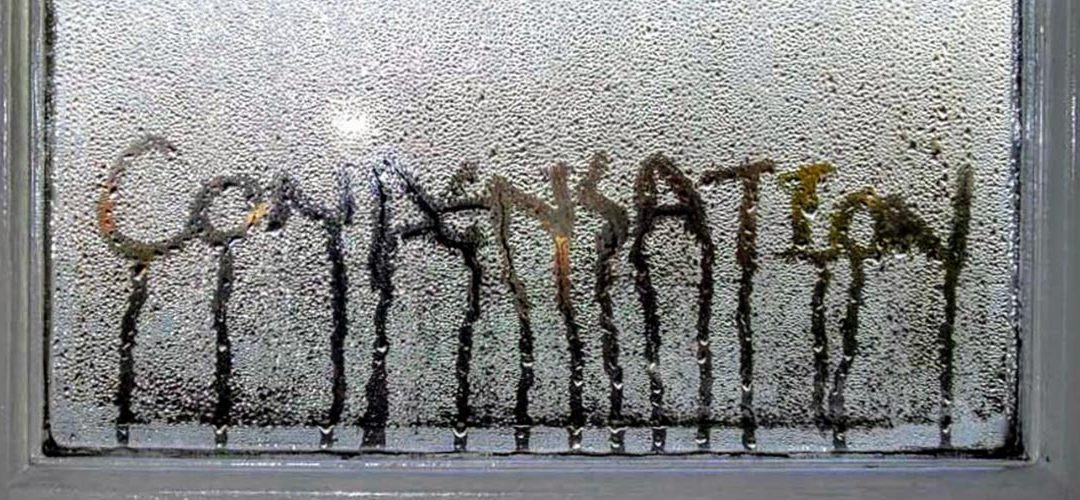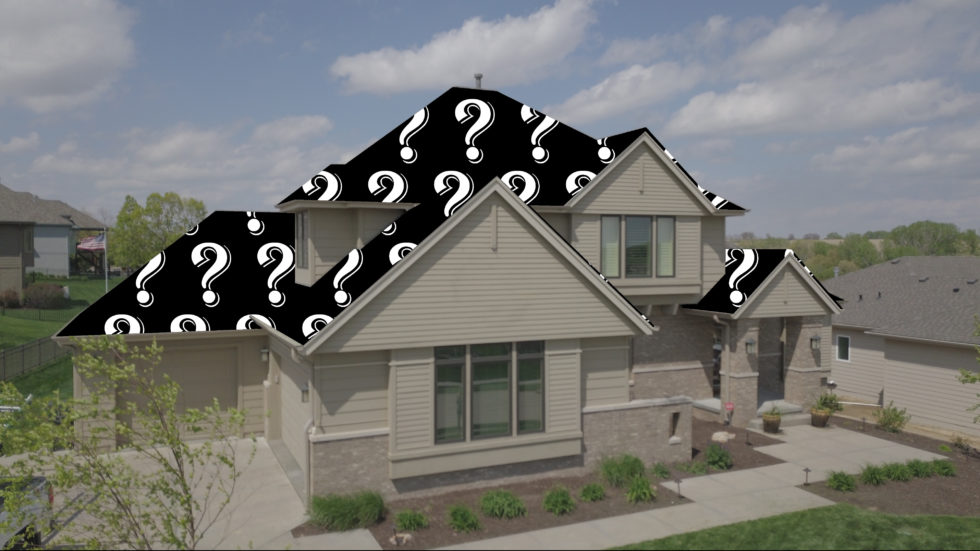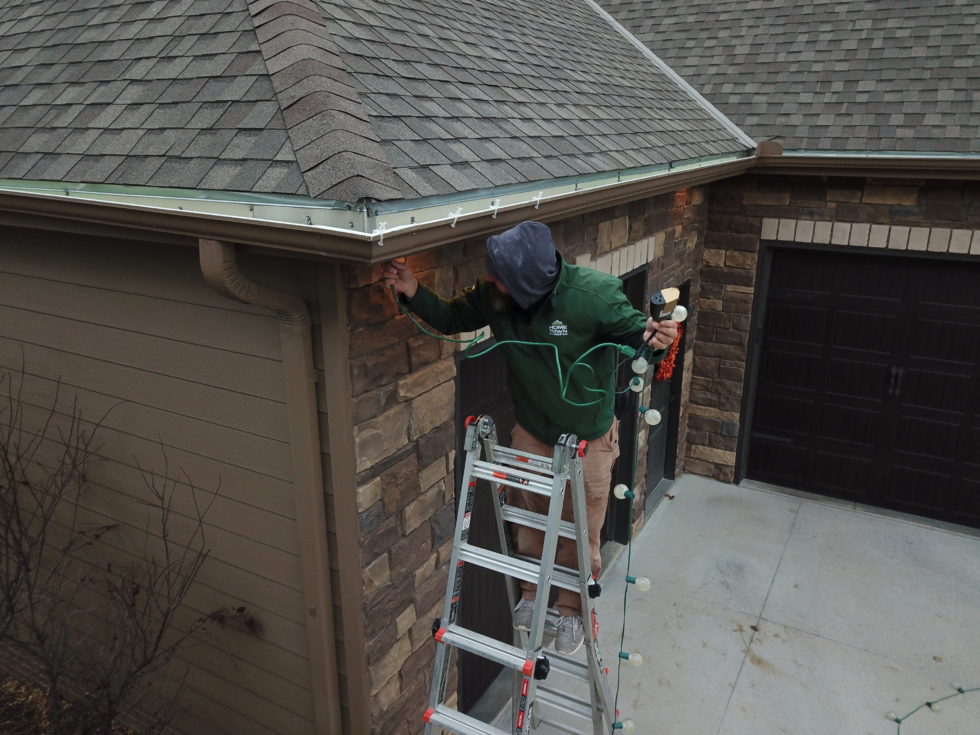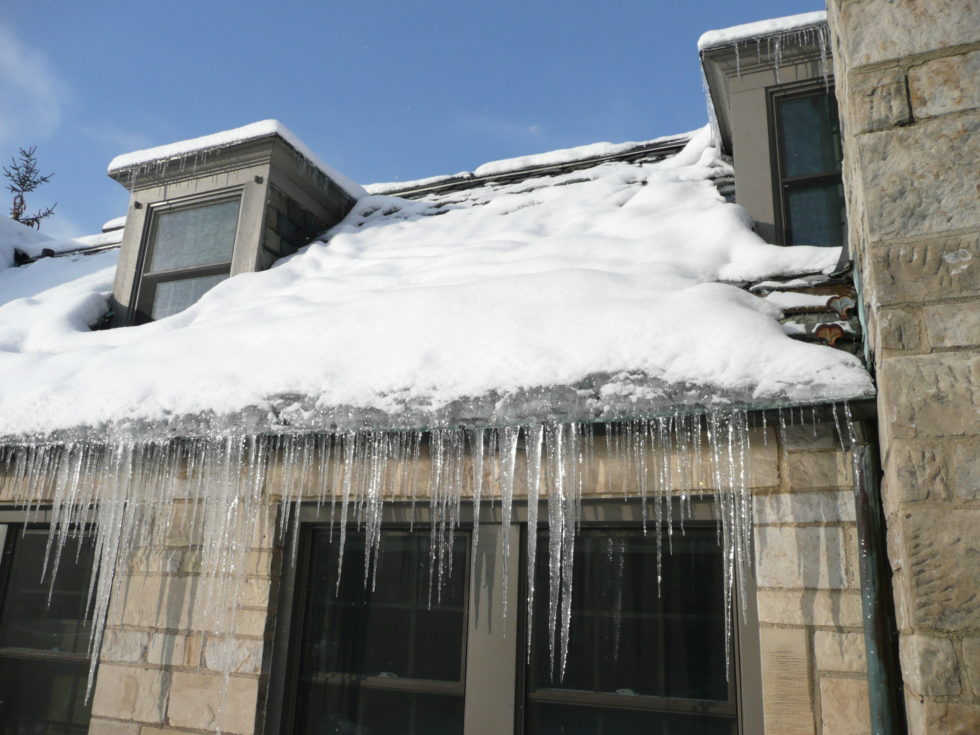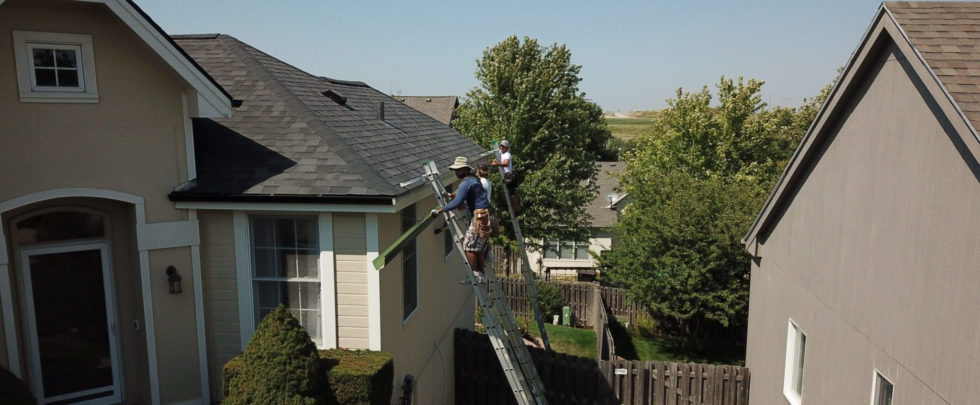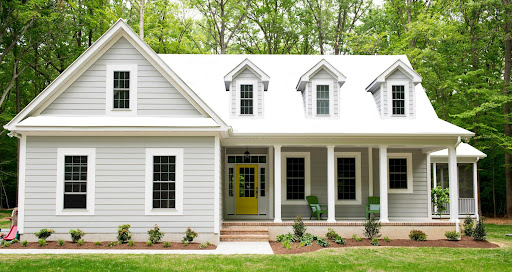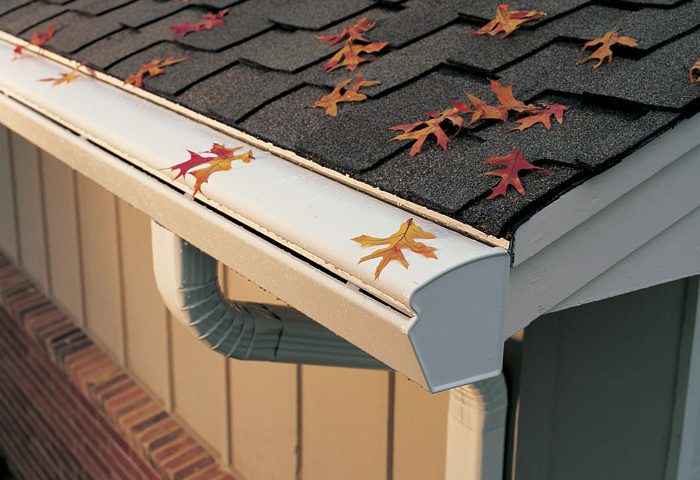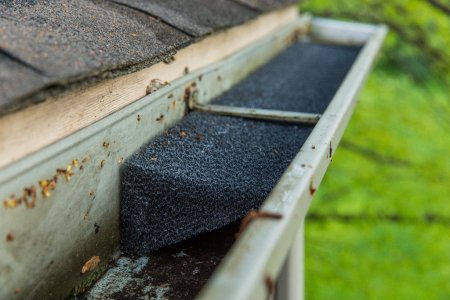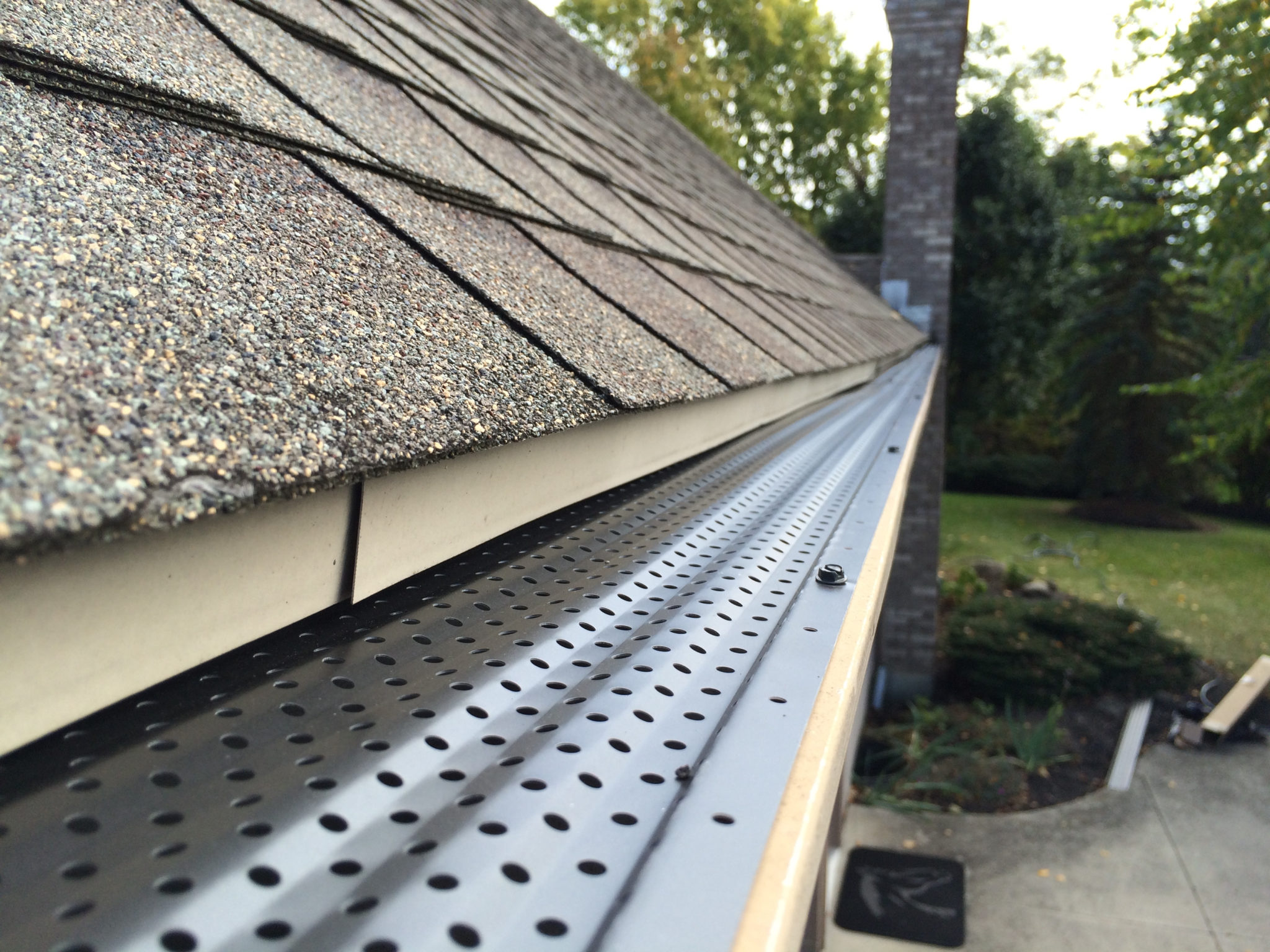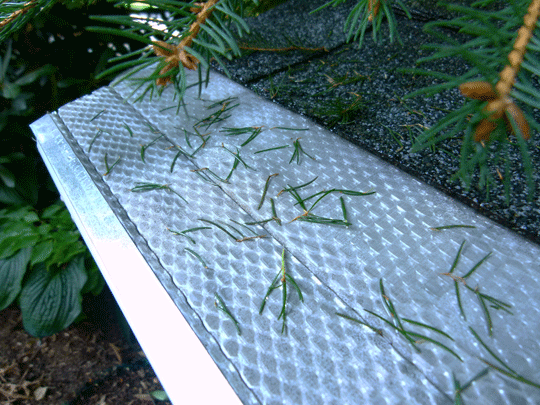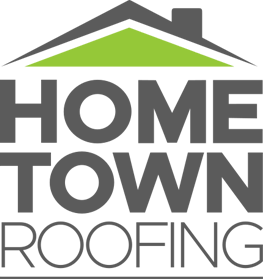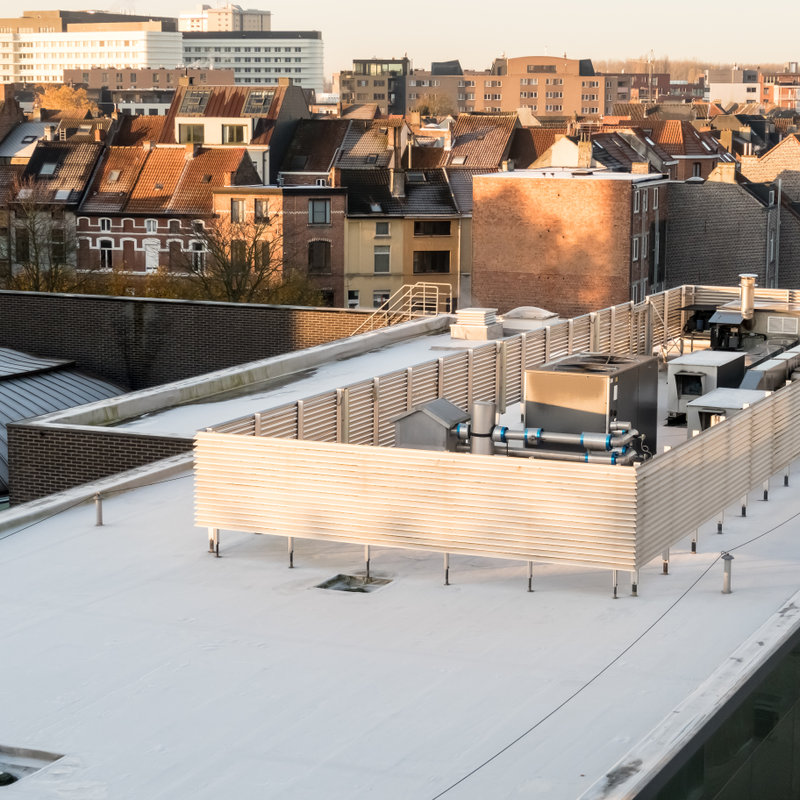
A Variety of Commercial Roofing Options
Commercial roofing is a specialized field that requires knowledge of many different types of roofing materials and systems. In today’s market, there are numerous commercial roofing systems available. One of the biggest challenges a business owner may face is choosing the right commercial roof for their business. If you are currently seeking commercial roof installation in Omaha, NE, it can be useful to get the help of a roofing expert to decide which option is best for you. However, there are some things to keep in mind that can make it easier to choose the right roofing system.
The Benefits of Flat Roofing Systems
The most common type of roof used in a commercial roof installation is the flat roof. A flat roof is easy to maintain and is less expensive to install than a sloped roof. However, in many cases, a flat roof is more susceptible to water damage and must be regularly inspected to identify possible issues.
One thing to keep in mind is that there are many different types of flat roofs available for commercial buildings. These different types of flat roof systems can be made from a variety of materials, such as asphalt, rubber, and metal. However, roofing membranes stand out as one of the more common types of flat roofs in today’s market. There are various types of roofing membranes used in commercial roof installation, each of them offering its own benefits.
- EPDM Roofing: EPDM, or “ethylene propylene diene monomer,” is one of the most popular types of membrane roofing available. EPDM roofs are made from a synthetic rubber material that is highly resistant to both heat and cold. This makes them an ideal choice for businesses in locations with extreme weather conditions. In addition, EPDM roofs are also very easy to repair and can last for 20 years or more with proper care.
- PVC Roofing: PVC, or “polyvinyl chloride,” is another popular type of membrane roofing. PVC roofs are made from a synthetic plastic material that is highly resistant to both heat and cold. Like EPDM roofs, PVC roofs are fairly easy to repair and, with the proper maintenance, can last for about 20 years.
- TPO Roofing: TPO, or “thermoplastic polyolefin,” is a newer type of roofing membrane that has quickly become one of the most popular choices in the commercial roofing market. TPO roofs are made from a synthetic material that is heat welded together to create a seam-free finish. This is something that also makes them a more energy-efficient choice.
Also important to remember about roofing membranes when considering a commercial roof installation is that they come in a variety of colors. This can be helpful when trying to match the roof to the rest of a building’s exterior, and it can even contribute to the energy efficiency of a flat roof. For example, a light-colored roof will reflect sunlight rather than absorb it, helping to keep a building cooler in the summer and lowering potential energy costs.
The Benefits of Metal Roofing Systems
Metal roofing is another popular choice in commercial roof installation. It is commonly used for buildings such as warehouses, office buildings, and retail stores. Metal roofs are known for their durability as well as their resistance to severe weather and even fire. They are also relatively low maintenance and can last for up to 50 years or even more with proper care. This is something that makes them a great investment for many business owners.
There are many different types of metal roofing available, each with its own set of benefits. For example, copper roofs are known for their beauty and longevity, while aluminum roofing is a more budget-friendly option. Steel roofing is also a popular choice, as it provides excellent durability and resistance to fire when compared to many other choices.
Choosing the Right Roof For Your Business
Now that you know more about some of the most common types of commercial roofs, you can begin to narrow down your choices and make a decision about which option is best for your business. There are many factors to take into account that can help you make a decision about which option is the right roof for your needs.
One thing to bear in mind is the climate in which your business is located. If you are located in an area with extreme weather conditions, you will want to make sure that you choose a roofing system that can withstand those conditions. For example, if you live in an area that experiences a lot of snowfall, you will want to make sure that your roof can support the weight of that snow. This is one of the factors that makes especially durable roofing important for business owners in this area.
Another thing to remember is the type of business that you have. If you have a business that produces a lot of noise, you will want to make sure that your roof can help to reduce that noise. This is something that can be especially important for businesses such as nightclubs or music venues. Some options you may want to consider are well-insulated types of roofing, such as metal roofing or PVC roofing.
It is also important to take into account the aesthetic of your business when choosing a roofing system. This is something that can be especially important for businesses such as restaurants or retail stores. You will want to make sure that your roof compliments the rest of your building’s exterior. This can help to create a more cohesive look for your business and can even help to attract customers.
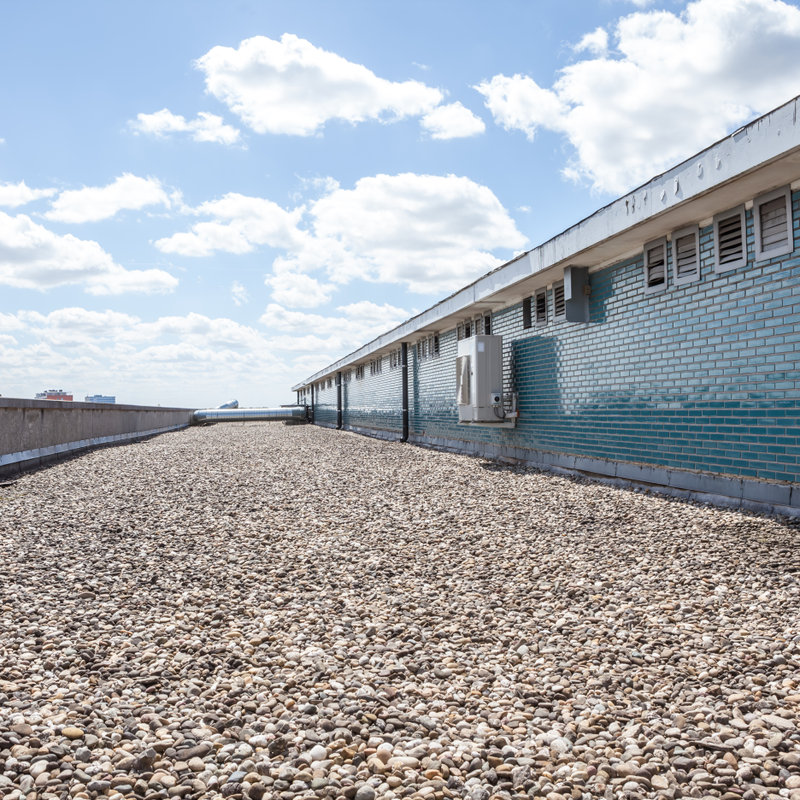
Scheduling a Roof Installation
When you are ready to make a decision about which roofing system is best for your business, you will want to consult with a professional roofing contractor. They will be able to assess your needs and help you choose the right roof for your business. A roofer such as HOMETOWN ROOFING can also provide you with a free estimate for the cost of installation. This can help you to make an informed decision when seeking commercial roof installation in Omaha, NE.

